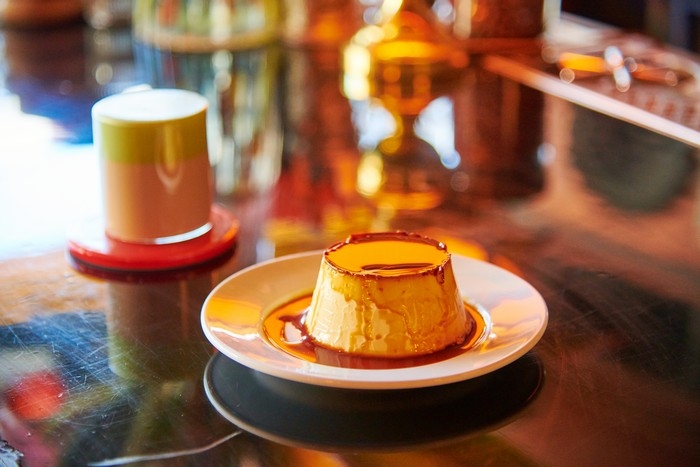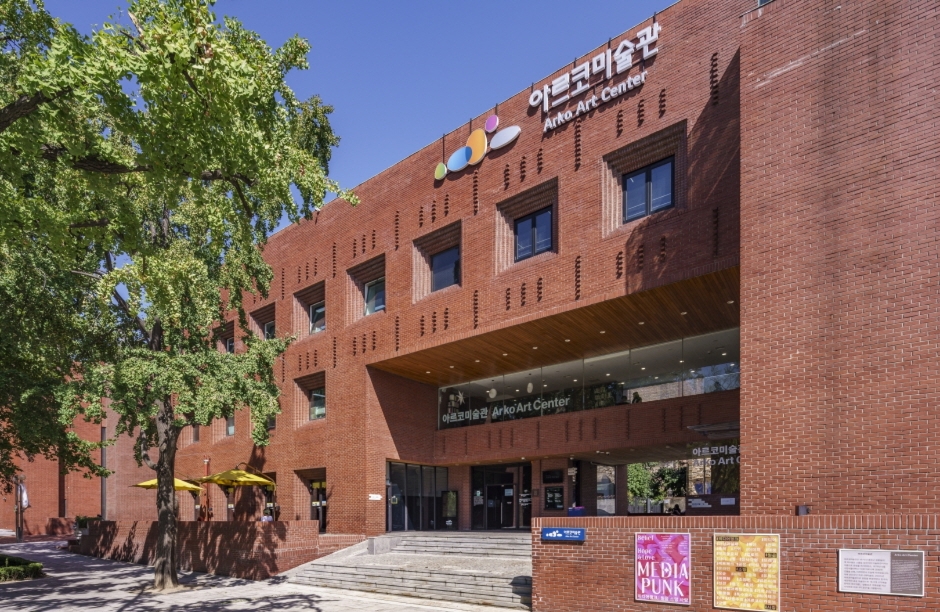HILLS & EUROPA (힐즈앤유로파)
2.6Km 2024-10-29
35 Sinheung-ro, Yongsan-gu, Seoul
Haebangchon's Hot Place
Singer Lee Hyori's OTT entertainment program 'Seoul Check-in' was filmed, and you can enjoy the atmosphere of Haebangchon properly. The low wooden ceiling and walls filled with unique objects and LPs from all over the world create a unique and cozy atmosphere. It is always full of customers as you can enjoy great visual cocktails and delicious dishes against the backdrop of various genres of music. During the day, it is good to enjoy coffee and dessert like a cafe. It is famous for its delicious cream caramel pudding, along with coffee that makes use of the taste of coffee beans from each region of origin. There are also various types of signature cocktails, but we recommend the unique visual 'Cigar in a Glass' that Lee Hyori and Park Narae drank.
ARKO Art Center (아르코미술관)
2.6Km 2025-06-05
3, Dongsung-gil, Jongno-gu, Seoul
+82-2-760-4850
ARKO Art Center was founded in 1974 as Misulhoegwan in a building of former Deoksu Hospital in Gwanhun-dong, Jongno-gu to offer much-needed exhibition space for artists and arts groups. In 1979, Misulhoegwan moved to its present building, designed by preeminent Korean architect Kim Swoo-geun (1931-1986) and located in Marronnier Park, the former site of Seoul National University. The two neighboring brick buildings accommodating ARKO Art Center and ARKO Arts Theater are the major landmarks of the district of Daehakro.
As more public and private museums and commercial galleries came into the art scene in the 1990s, Misulhoegwan shifted to curating and presenting its own exhibitions. Renamed as Marronnier Art Center in 2002, ARKO Art Center assumed a full-fledged art museum system and played an increasingly prominent role as a public arts organization leading the contemporary art paradigm. When The Korea Culture and Arts Foundation was reborn as Arts Council Korea, Marronnier Art Center became ARKO Art Center named after the abbreviation for Arts Council Korea in 2005.
ARKO Art Center is committed to working as a platform where research, production, exhibitions and the exchange of creative activities grow and develop in connection with one another in addition to having a diversity of programs including thematic exhibitions addressing social agenda and public programs widely promoting various discourses in art.
![Grooverhyme [Tax Refund Shop] (그루브라임)](http://tong.visitkorea.or.kr/cms/resource/21/3313421_image2_1.jpg)
![ABC-Mart [Tax Refund Shop] (ABC마트)](http://tong.visitkorea.or.kr/cms/resource/93/3314493_image2_1.jpg)
![Dr. Martens [Tax Refund Shop] (닥터마틴)](http://tong.visitkorea.or.kr/cms/resource/74/3312774_image2_1.jpg)
![M-piecemall [Tax Refund Shop] (엠피스몰)](http://tong.visitkorea.or.kr/cms/resource/63/3314763_image2_1.jpg)
![Refurb Stock [Tax Refund Shop] (리퍼브스톡)](http://tong.visitkorea.or.kr/cms/resource/96/3313396_image2_1.jpg)
![189 shop [Tax Refund Shop] (189#(189샵))](http://tong.visitkorea.or.kr/cms/resource/01/3313501_image2_1.jpg)
![Lepitta [Tax Refund Shop] (르피타)](http://tong.visitkorea.or.kr/cms/resource/71/3313871_image2_1.jpg)



 English
English
 한국어
한국어 日本語
日本語 中文(简体)
中文(简体) Deutsch
Deutsch Français
Français Español
Español Русский
Русский